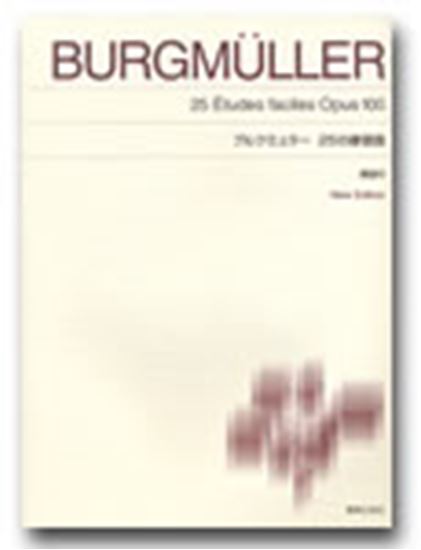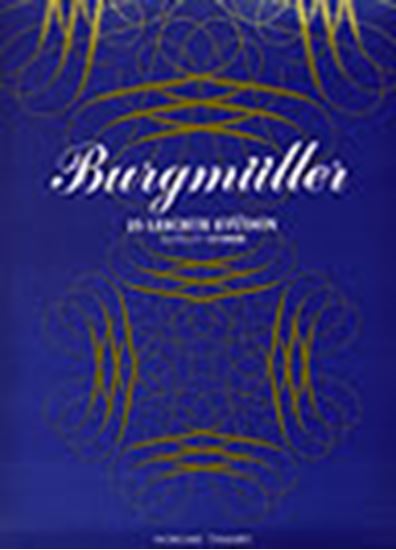Burgmüller, Johann Friedrich Franz : 25 Etudes faciles et progressives, conposées et doigtées expressément pour l'étendue des petites mains Progres Op.100-6
Work Overview
Genre:etude
Total Playing Time:1 min 00 sec
Copyright:Public Domain
Additional Notes:表記ゆれの例: 前進
Commentary (3)
Author : Sato, Takashi
Last Updated: January 31, 2022
[Open]
Author : Sato, Takashi
The ascending scales in both hands evoke an image of "progress" and "advancement." Key points for expression include the differentiation between staccato and legato in measure 3, the interplay between the right and left hands in measures 3 and 4, and in the middle section from measure 9, the short slurs and staccato notes that span from the off-beat to the on-beat. Dynamics are also meticulously notated, so be sure to observe them and perform dynamically.
Performance Points (Original tempo ♩=132)
- Ensure that the scales at the beginning are synchronized between both hands.
- From measure 9, place emphasis on the off-beats and release it on the on-beats.
- The whole notes are double thirds, but in reality, the fifth is omitted. If unaware of this, the other hand might make an unexpected mistake, so grasp them as triads.
- From measure 13, the off-beats still carry weight, but since the staccato on-beat notes form the melody, strike them firmly with the fingers to emphasize them.
(From To-on Edition "Burgmüller 25 Etudes" (NS70))
Author : Iida, Arisa
Last Updated: March 15, 2018
[Open]
Author : Iida, Arisa
Musical example provided by: Ongaku no Tomo Sha
Author : Ooi, Kazurou
Last Updated: January 31, 2019
[Open]
Author : Ooi, Kazurou
It is advisable to play this piece with a relatively precise, metronome-like rhythm, without fluctuating the tempo. The overall structure is written with a consistent rhythm, mindful of the beat. The interest of this piece lies in its clockwork precision of rhythm; from measure 10 onwards, accents are marked on the off-beats, and emphasizing these accents will make the piece more engaging to listen to. Therefore, articulate clearly, distinguishing between legato and staccato. While there are almost no lyrical melodic lines, strive to emphasize and sing the melodic line in the left hand from measures 14-16. At measure 17, pressing the pedal can help avoid dry-sounding repeated notes.
Technical Difficulty
The technical difficulty of this piece lies in the staccato. During the sight-reading stage, practicing legato without the staccato will help your fingers learn the positions more quickly.
Interpretation
For interpretation, consider it as an interplay between two characters. For example, in measure 3, the right-hand line speaks, and in measure 4, the left-hand line begins to speak. The same applies to measures 10-13. Play with energy and liveliness.
PTNA & Partner Channel Videos(18items) View More
Sheet MusicView More
Scores List (24)

(株)東音企画(バスティン)

(株)東音企画(バスティン)

(株)東音企画(バスティン)

(株)全音楽譜出版社

(株)ドレミ楽譜出版社

(株)音楽之友社

KMP(ケイ・エム・ピー) ケイエムピー

(株)ドレミ楽譜出版社

ハンナ(ショパン)

(株)ヤマハミュージックエンタテインメントホールディングス

デプロMP

(株)ドレミ楽譜出版社

(株)全音楽譜出版社

(株)ドレミ楽譜出版社

カワイ出版

カワイ出版

デプロMP

(株)ヤマハミュージックエンタテインメントホールディングス

デプロMP

(株)音楽之友社

(株)共同音楽出版社

Neil A. Kjos Music Company



















